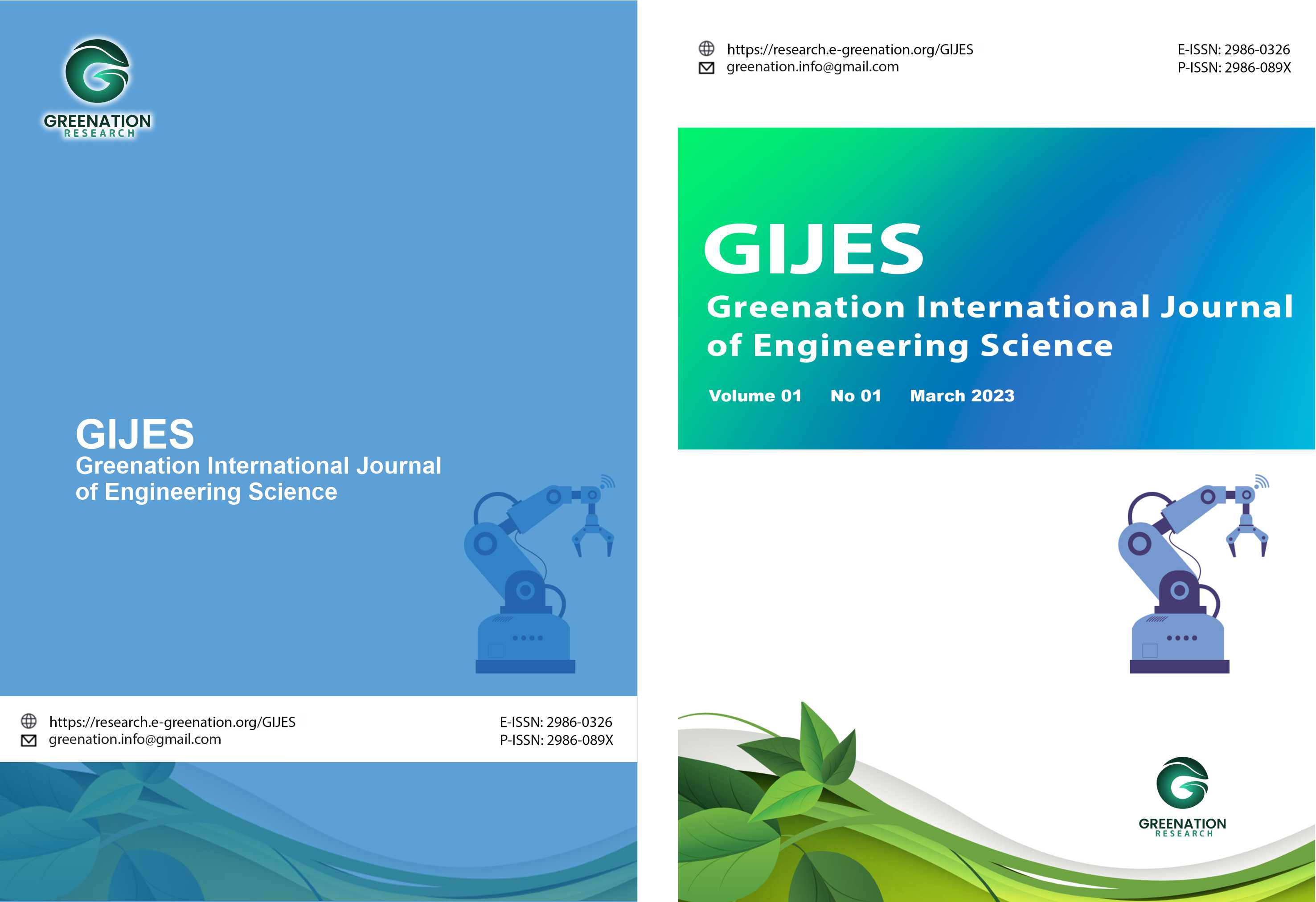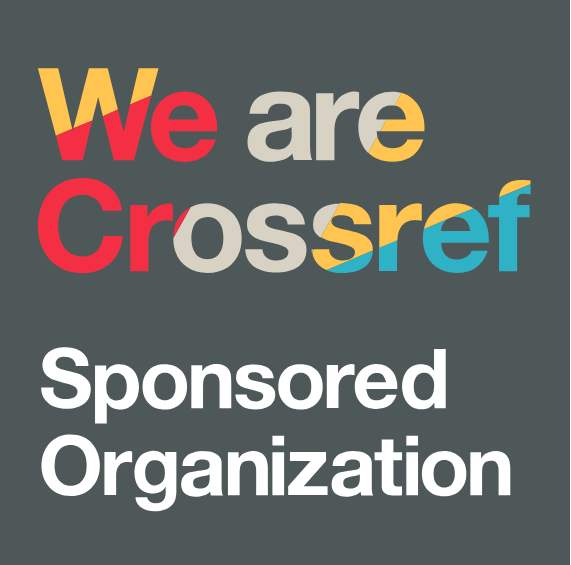Mapping of Regional Potential and Competitiveness in Constructing a Self-Reliance Model for Mentawai Indigenous Communities
DOI:
https://doi.org/10.38035/gijes.v1i4.136Keywords:
UMA, Competitiveness, Underdeveloped Areas, Local PotentialAbstract
This paper aims to map the potential of the region and competitiveness in constructing a model of self-reliance for the Mentawai indigenous peoples. Design/methodology/approach Techniques of collecting data by interviewing and studying documents and archives. The target respondents are government officials, tribal chiefs, teachers, clergy, and community leaders. Findings - The gross enrollment rate (APK) for elementary schools in 2021 is 115.91 percent; SMP APK is 86.54 percent; and high school APK of 67.07 percent. Practical implications collect data on Mentawai in an effort to build a recommendation namely 1) training for UMA members to determine appropriate training for UMA members, such as services, craft training, food processing, culture, religion, and so on; 2) Recording and enlivening the cultures that exist in UMA; 3) increasing capacity building and developing the character of UMA members, 3) Awareness of tourism potential; 4) Development of internet network and digital literacy. Originality/value this study analyzes a real picture of the Mentawai situation and conditions in an effort to develop so that Mentawai is able to develop in keeping pace with developments with other regions.
References
Ardhanari, Margaretha, Sebastiana Viphindrartin, Gratianus Edwi Nugrohadi. 2021. Phenomenology Study Of The Socio-Economic Strengthening Of The Mentawai Indigenous Peoples. Mediatrend. Vol.16 (1) P. 129-141
Arsyad, Lincolin, 1999. Pengantar Perencanaan Dan Pembangunan Ekonomi Daerah, BPFE, Yogyakarta.
Denzin, Norman K., Lincoln, Yvonna S. (2005). The Sage Handbook of Qualitative Research. 3rd Edition. Sage Publications, Inc, California
Erwin. 2015. Model Pemberdayaan Masyarakat Mentawai Melalui Penguatan Kelembagaan Lokal Di Pulau Siberut. Sosio Konsepsia Vol. 04, No. 02, Januari - April
Imron.A. 2012. Strategi dan Usaha Peningkatan Kesejahteraan Hidup Nelayan Tanggulsari Mangunharjo Tugu Semarang dalam Menghadapi Perubahan Iklim. Jurnal Riptek. Vol. 6 No.1
Purba, S. L. 2013. Peningkatan Indeks Pembangunan Manusia Indonesia Guna Meningkatkan Daya Saing Bangsa Dalam Rangka Ketahanan Nasional. (Online), ( http://Edukasi.Kompasiana.Com/2013/10/31/Peningkatan indeks-Pembangunan-Manusia-Indonesia-605326.Html, Diakses Pada Tanggal 11 September 2021).
Peraturan Menteri Ppn/Kepala Bappenas Nomor 7 Tahun 2018. Tentang Koordinasi, Perencanaan, Pemantauan, Evaluasi, Dan Pelaporan Pelaksanaan Tujuan Pembangunan Berkelanjutan
Peraturan Presiden (Perpres) Nomor 63 Tahun 2020 tentang penetapan daerah tertinggal tahun 2020-2024 (online) https://www.kemendesa.go.id/berita/view/detil/3261/ini-daerah-tertinggal-menurut-perpres, Diakses pada tanggal 21 Pebruari 2022
Smith, J. A., Paul Flowers and Michael Larkin 2009; Interpretative Phenomenology Analysis, Sage Publication Ltd. London.
Downloads
Published
How to Cite
Issue
Section
License
Copyright (c) 2024 Margaretha Ardhanari, Sebastianus Widanarto Prijowuntato, Paulus Sukapto, Visi Saujaningati Kristyanto, Marihot Nainggolan

This work is licensed under a Creative Commons Attribution 4.0 International License.
Copyright:
Authors who publish their manuscripts in this journal agree to the following conditions:
- Copyright in each article belongs to the author.
- The author acknowledges that Greenation International Journal of Engineering Science (GIJES) has the right to be the first to publish under a Creative Commons Attribution 4.0 International license (Attribution 4.0 International CC BY 4.0).
- Authors can submit articles separately, arrange the distribution of non-exclusive manuscripts that have been published in this journal to other versions (for example, sent to the author's institutional repository, publication in books, etc.), acknowledging that the manuscript has been published for the first time in GIJES.

























